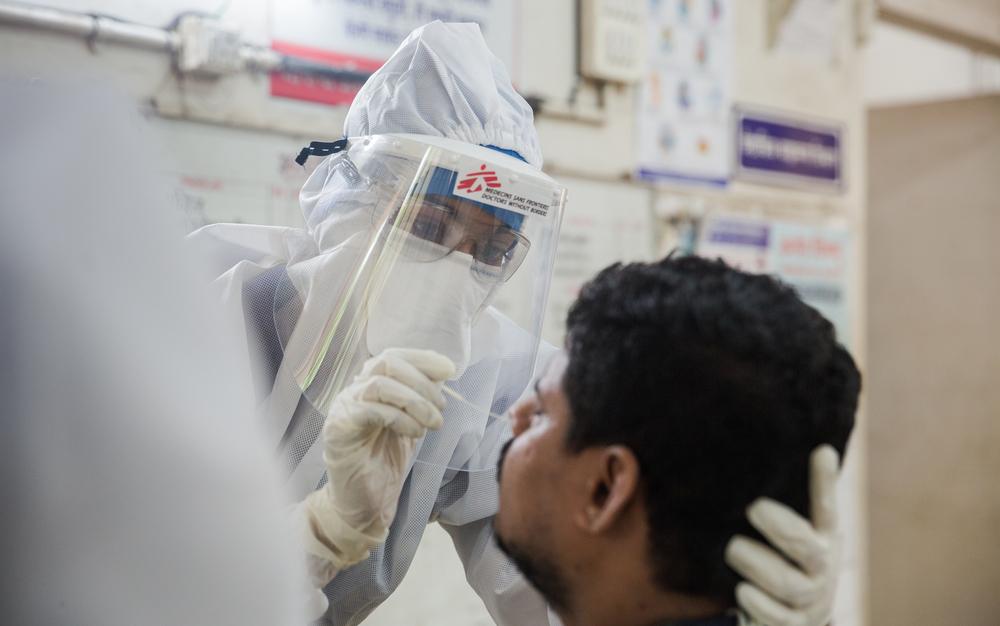
Covid-19
On 11 March 2020, the WHO declared the Covid-19 epidemic a "pandemic". SARS-CoV-2, a member of the coronavirus family, is a new contagious virus that causes respiratory tract infections ranging from the common cold to severe acute respiratory syndrome.
The disease is called Covid-19 (short for Corona Virus Disease which emerged in 2019). It is caused by a virus discovered in early January 2020 in China
Disease transmission route
Covid-19 is transmitted by people who have the virus. The disease can be transmitted from person to person by droplets expelled from the nose or mouth when a person coughs or sneezes. These droplets can be deposited on objects or surfaces around the person in question. Covid-19 can be contracted by touching infected objects or surfaces if one subsequently touches one's eyes, nose or mouth. Covid-19 can also be caught by inhaling droplets from a sick person who has just coughed or sneezed. Therefore, it is important to keep a safe distance of at least 1m from a sick person.
Symptoms of Covid-19
- generalized weakness
- fever
- dry cough
- difficulty breathing
Runny nose and sneezing, which are often seen in other respiratory diseases such as the flu or the common cold, are, however, often absent in patients with Covid-19.
Treatments for Covid-19
Faced with this disease, which is particularly contagious and has a high mortality rate in certain population groups, the development of therapeutic means - treatments and vaccines - gives hope of limiting the serious forms of the disease and reducing the transmission of the virus.